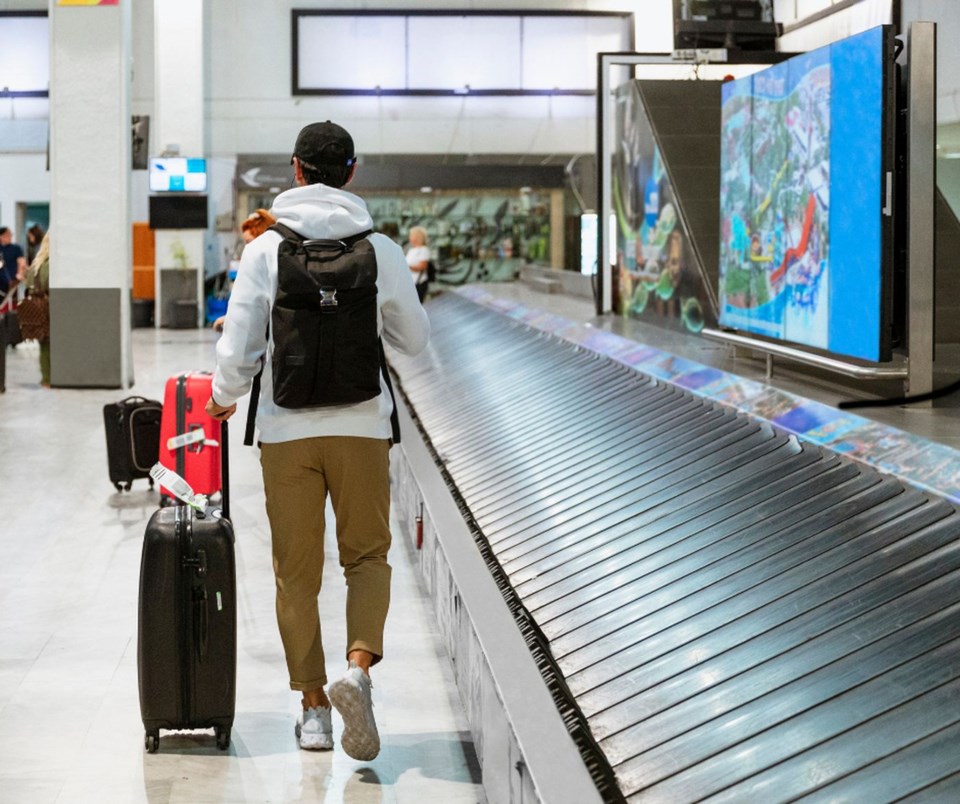Immigration, not fertility, drove Canada’s population growth over the past five years, says a Statistics Canada study as Ottawa plans to announce its new 2022-2024 immigration intake levels plan.
“Although the pandemic halted Canada’s strong population growth in 2020, it continued to be the fastest among G7 countries,” said the study released on Wednesday.
“Canada is home to almost 37 million people…approximately 1.8 million more people were calling Canada home in 2021 compared with five years earlier, with four in five of these having immigrated to Canada since 2016,” Statistics Canada said, noting that the national fertility rates has been decreasing since 2015.
The report’s authors said immigrants are far more likely to settle in an urban area rather than a rural setting. Consequently, rural Canada’s population has grown at a slower pace than urban centres.
Some of the key findings in today’s report that provides a portrait of Canada’s population growth include:
- Population growth accelerated in Prince Edward Island, New Brunswick, and Nova Scotia over the past five years when compared with the previous census cycle (from 2011 to 2016), while population growth slowed in Manitoba, Saskatchewan and Alberta. Population growth also accelerated in Canada’s three largest provinces of Ontario, Quebec and British Columbia;
- British Columbia was the lone province in Western Canada that saw more people move into the province from elsewhere in Canada than move out from 2016 to 2021, with interprovincial migration gains (+97,424) reaching their highest level since 1991 to 1996;
- While Yukon (+12.1 per cent to 40,232) led the country in population growth, it was the sole territory that grew at a faster pace than Canada overall;
- Quebec, Canada’s second most populous province (8.5 million people), saw its share of the total population decline for the 11th consecutive census period;
- Population growth in large urban centres relies much more on immigration than other areas of Canada, with more than 9 in 10 new permanent immigrants settling in a metropolitan area. Over one-third of Canadians (13.1 million people) live Toronto, Montréal and Vancouver.
- Four of the five fastest growing metropolitan areas in the country were located in British Columbia from 2016 to 2021: Kelowna (+14.0 per cent to 222,162), Chilliwack (+12.1 per cent to 113,767), Nanaimo (+10.0 per cent to 115,459) and Kamloops (+10.0 per cent to 114,142).
- Several of the smaller urban centres known for being tourist destinations or resort cities also saw population increases. While being close to nature, these small urban centres are not among the most remote and are generally less than a one-hour drive from a large urban centre, meaning they are also close to the amenities of larger urban centres.
Immigration, Refugees and Citizenship Canada (IRCC) Minister Sean Fraser is expected to announce Canada’s new 2022-2024 immigration intake levels plan by the end of the month, which will also outline the programs under which these newcomers will be admitted.
According to the latest government data, IRCC has an estimated 1.8 million applications in queue waiting to be processed because of pandemic-induced delays.
The Canadian Immigration Lawyers Association (CILA) is calling on Ottawa to stabilize the immigration system before seeking more ambitious newcomer targets.
“While using this year as an opportunity for IRCC to catch its breath would be far from ideal, it would be beneficial for several reasons,” said a statement on CILA’s website. “It would allow many of those who have been waiting in limbo during the pandemic to finally land as permanent residents.”




